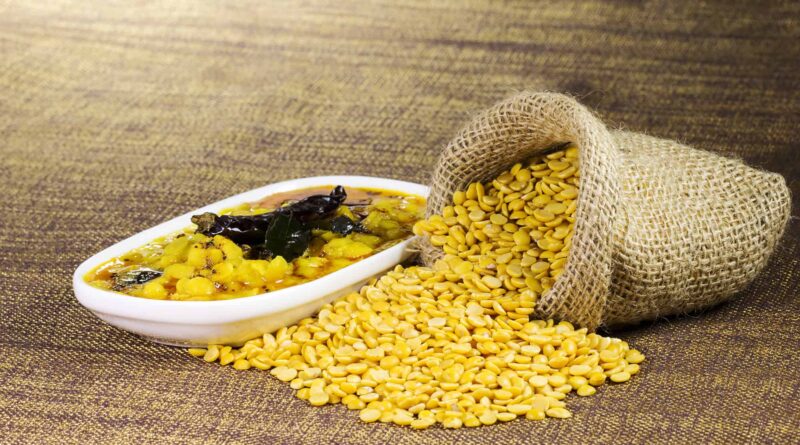Govt to procure tur directly from farmers at market rates to build buffer stock
By Pallavi Singhal
With an acute shortage in India of its favourite pulse, tur, the Centre has decided to procure the crop directly from farmers at market prices to build buffer stock, a senior official told Moneycontrol.
The government will undertake procurement via the National Agricultural Cooperative Marketing Federation of India (NAFED) and the National Cooperative Consumers’ Federation of India Limited (NCCF), which will procure tur directly from farmers for the Ministry of Consumer Affairs, Food, and Public Distribution, to be offloaded in the market when prices of this essential commodity rise.
“NAFED has a huge farmer database since it acts as an insurance agent for agricultural produce. We will utilise the same to target farmers who grow tur,” the official added.
The funds for procurement will be taken out of the Price Stabilisation Fund (PSF), and tur will be bought at market rates that are now higher than the minimum support price (MSP) due to a shortage, as per the official.
Through this step, the government hopes to assure farmers of a definite buyer in the market, thereby encouraging them to grow the crop in the next few years.
The government intervention comes at a time when the average retail price of the commodity has jumped 38 percent in the past year — from Rs 112 per kg last year to Rs 155 per kg as of December 5, according to government data.
The problem
The issue in tur has been consumption, which is higher than domestic production. The country’s tur output saw a 20 percent fall to 34.3 lakh tonnes in the 2022–23 crop year (July–June) against 42.9 lakh tonnes last year. The first advance estimates for the crop season 2023–24 by the Ministry of Agriculture put tur production slightly lower than last year at 34.2 lakh tonnes.
The country, however, consumes about 45 lakh tonnes of tur every year.
As per government data, India has imported about 7.78 lakh tonnes of tur in the calendar year 2023. Mozambique was the biggest source of imports, followed by Myanmar and Tanzania, with imports of tur from these counties being 2.62 lakh tonnes, 2.53 lakh tonnes, and 1.38 lakh tonnes, respectively.
Steps taken by the government
Anticipating a shortfall in the output of tur and urad due to erratic weather, the Centre announced in January this year the extension of the duty-free import policy for tur and urad until March 31, 2024.
The Department of Consumer Affairs has since been keeping a close watch on the stock levels of pulses, including tur and urad.
Additionally, the government on June 2 this year also imposed stock limits on the two pulses, allowing traders to keep only a limited amount of stock and offload the remaining. Following this step, the government decided to release tur from the national buffer to arrest the price rise.
It was then that Rohit Kumar Singh, Secretary of the Ministry of Consumer Affairs, said that India would import 12 lakh tonnes of tur dal in the current fiscal year, up by 35 percent from the last year, to boost domestic availability and contain the price rise.
The government also launched chana dal under the packaging of ‘Bharat Dal’ at subsidised prices of Rs 60 per kilogram throughout the country, intending to shift consumption for those who cannot afford the expensive arhar.
This article has been republished from The Moneycontrol.

